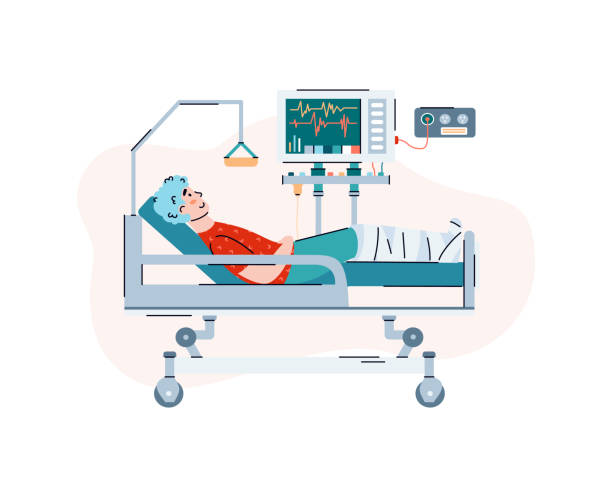What is the Difference Between Ambulatory Services and Other Mobility Assistance?
In today’s world, where mobility plays a significant role in our daily lives, it is essential to understand the different types of mobility assistance available to individuals with varying levels of mobility challenges. Two commonly used terms in this context are ambulatory services and other forms of mobility assistance. While they may appear similar, there are distinct differences between the two. This article aims to shed light on the disparities between ambulatory services and other types of mobility assistance, highlighting their unique characteristics and applications.
Defining Ambulatory Services:

Ambulatory services refer to specialized medical transportation services designed to assist individuals who are ambulatory, meaning they are capable of walking or moving independently for short distances. These services primarily cater to patients who require transportation to and from medical appointments, such as clinics, hospitals, or rehabilitation centers. Ambulatory service providers typically offer vehicles equipped with basic amenities to ensure comfort during transit, such as seating arrangements, safety belts, and assistance with boarding and disembarking.
Types of Other Mobility Assistance:
On the other hand, other forms of mobility assistance encompass a broader range of services and devices aimed at aiding individuals with various levels of mobility limitations. These encompass assistive devices, personal mobility aids, and accessibility modifications to environments. Let’s explore some common examples:
Wheelchairs and Mobility Scooters:
Wheelchairs and mobility scooters are widely used mobility aids for individuals with limited mobility. These devices provide seated mobility and are suitable for individuals who cannot walk or have difficulty doing so for extended periods. Manual wheelchairs require self-propulsion or assistance from others, while powered wheelchairs and mobility scooters are motorized, offering greater independence.
Walking Aids:
Walking aids such as canes, crutches, and walkers provide support and stability to individuals with mild to moderate mobility limitations. Canes are ideal for individuals who require minimal assistance, while crutches and walkers offer more substantial support for those with greater mobility challenges.
Assistive Devices and Prosthetics:
Assistive devices, such as prosthetic limbs or braces, enhance mobility for individuals with limb loss or musculoskeletal impairments. These devices are customized to individual needs and facilitate ambulation and mobility.
Home Modifications:
Home modifications involve adapting living environments to enhance accessibility for individuals with mobility challenges. This can include installing ramps, handrails, grab bars, and stairlifts to facilitate safe movement within the home.
Key Differences:
While ambulatory services and other forms of mobility assistance overlap in their goal of facilitating mobility, there are several distinct differences between the two:
Target Users:
Ambulatory services primarily cater to individuals who can walk or move independently but require transportation to medical appointments. Other forms of mobility assistance cater to individuals with varying degrees of mobility limitations, including those who cannot walk or require assistive devices for mobility.
Purpose:
Ambulatory services focus specifically on transportation needs, ensuring patients can reach medical facilities conveniently. Other forms of mobility assistance encompass a broader spectrum, aiming to enhance mobility and accessibility in various aspects of an individual’s life, such as daily activities and home environments.
Scope of Services:
Ambulatory services primarily provide transportation assistance, ensuring patients can travel safely to and from medical appointments. Other forms of mobility assistance encompass a wider range of services, including the provision of mobility aids, assistive devices, and home modifications.
Conclusion:
Understanding the distinction between ambulatory services and other forms of mobility assistance is crucial for individuals with mobility challenges and their caregivers. Ambulatory services focus on providing transportation solutions for individuals who can walk or move independently but require assistance with transportation to medical appointments. Other forms of mobility assistance encompass a broader range of aids and services, catering to individuals with varying degrees of mobility limitations in different aspects of their lives. By recognizing these differences, individuals can make informed decisions regarding the appropriate type of assistance required to meet their specific mobility needs and enhance their overall quality of life.







